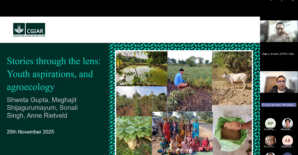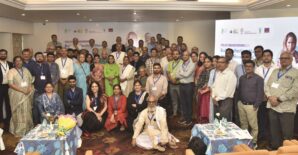 For the first time in years, amidst the Covid-19 crisis, the general population in India seem to have become increasingly aware of the importance of the migrant workforce. As per the 2011 census, there were about 56 million interstate migrants in India and a majority of them resided in the big urban centres. If Uttar Pradesh, Bihar, Rajasthan and Madhya Pradesh accounted for more than 50% of India’s total interstate migrants, then, Maharashtra, Delhi, Gujarat, Uttar Pradesh and Haryana housed 50% of those interstate migrants. These shares are much higher than the share of these states in India’s total population. Interestingly, Uttar Pradesh figures in both lists—people left the state for their livelihood as also people who migrated from other states for their livelihood. Other than the aforementioned states, Odisha, Jharkhand, Chhattisgarh and West Bengal also account for a large number of interstate migrants. In recent years, there has been an increasing flow of migrants to Karnataka, Telangana, Andhra Pradesh, Tamil Nadu and Kerala on account of greater demand and opportunities from the Southern states. Labour migration theorists argue that wage differentials are not the only motivation for migration, but there is also collective decision-making at the household level based primarily on their desire to mitigate risk through the migration of certain family members to ensure income stability through diversification. A sense of ‘relative deprivation’ also acts as a motivation for migration as households in surrounding communities observe others in their neighbourhoods receiving the economic benefits of remittances. To read more please click here
For the first time in years, amidst the Covid-19 crisis, the general population in India seem to have become increasingly aware of the importance of the migrant workforce. As per the 2011 census, there were about 56 million interstate migrants in India and a majority of them resided in the big urban centres. If Uttar Pradesh, Bihar, Rajasthan and Madhya Pradesh accounted for more than 50% of India’s total interstate migrants, then, Maharashtra, Delhi, Gujarat, Uttar Pradesh and Haryana housed 50% of those interstate migrants. These shares are much higher than the share of these states in India’s total population. Interestingly, Uttar Pradesh figures in both lists—people left the state for their livelihood as also people who migrated from other states for their livelihood. Other than the aforementioned states, Odisha, Jharkhand, Chhattisgarh and West Bengal also account for a large number of interstate migrants. In recent years, there has been an increasing flow of migrants to Karnataka, Telangana, Andhra Pradesh, Tamil Nadu and Kerala on account of greater demand and opportunities from the Southern states. Labour migration theorists argue that wage differentials are not the only motivation for migration, but there is also collective decision-making at the household level based primarily on their desire to mitigate risk through the migration of certain family members to ensure income stability through diversification. A sense of ‘relative deprivation’ also acts as a motivation for migration as households in surrounding communities observe others in their neighbourhoods receiving the economic benefits of remittances. To read more please click here
Anjani Kumar is a Senior Research Fellow, International Food Policy Research Institute, South Asia Office, New Delhi. Arabinda K Padhee and Shalander Kumar are Country Director-India and Principal Scientist at International Crops Research Institute for the Semi-Arid Tropics, Hyderabad, respectively. Views expressed are personal. This article was originally published in Business Standard.



